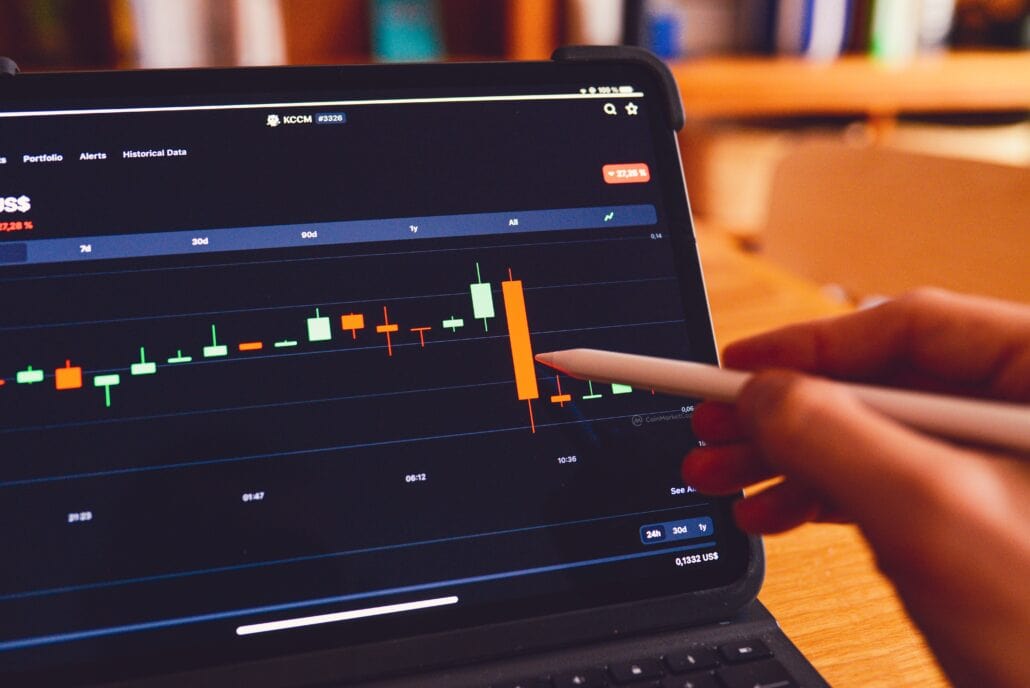What is excess inventory?
Excess inventory refers to a surplus of goods or products that surpasses the current demand or anticipated sales, leading to an imbalance in supply and demand.
Navigating the challenges of surplus stock can significantly impact your business. Whether it’s due to inadequate trend forecasting, poor purchasing decisions, or errors in shipping and receiving orders, excess inventory poses a threat to operational efficiency. It’s crucial to identify these issues early on to implement effective inventory management strategies. By addressing the root causes of excess inventory, such as overstock or customer returns, businesses can optimize their supply chain and streamline operations. Successfully managing excess inventory not only reduces costs but also ensures a smoother production flow, minimizing the risk of delays and customer dissatisfaction. Take proactive steps to enhance your inventory management practices and keep excess inventory in check for sustained business success.
Understanding the causes of excess inventory
Embarking on a journey to streamline inventory management begins with recognizing the pivotal factors that can lead to surplus stock. In this section, we illuminate the causes of excess inventory, providing insights into challenges such as inadequate trend forecasting, strategic purchasing decisions, customer-centric return policies, ambitious production targets, and logistics errors. Each cause is outlined with its impact, offering corporate leaders a strategic understanding to optimize their inventory practices. Discovering proactive solutions not only mitigates excess inventory challenges but also sets the stage for impactful corporate philanthropy. Some common causes of excess inventory include:

Overview: Failing to accurately predict market trends and consumer demand can result in overproduction, leading to excess inventory.
Impact: Unforeseen shifts in consumer preferences can leave businesses with surplus stock that may be challenging to sell.
Overview: Overestimating demand or committing to large quantities without thorough market analysis can lead to excessive inventory levels.
Impact: Tie up capital in products that may not have sufficient demand, increasing the risk of financial losses.
Overview: Generous return policies or the inability to resell returned items at full value can contribute to surplus stock.
Impact: Increased inventory levels due to returned products, especially in industries where returns are common.
Overview: Setting overly ambitious production targets without considering market demand and operational capabilities.
Impact: Resulting in higher production than needed, leading to excess inventory and potential storage challenges.
Overview: Mistakes in the shipping or receiving process, such as over ordering or miscommunications, can contribute to surplus stock.
Impact: Inventory discrepancies and incorrect orders can lead to excess products that were not intended for stock.
5 strategies for managing excess inventory
Having uncovered the common root causes of excess inventory, let’s now explore proactive solutions tailored for corporate leaders seeking to optimize their inventory management practices.

1. Strategic trend analysis
Solution: Harness the power of advanced analytics and market research tools to refine trend forecasting accuracy and prevent the accumulation of excess inventory.
Outcome: Align production precisely with actual demand, mitigating the risks associated with unforeseen shifts in consumer preferences.
2. Precision in purchasing
Solution: Conduct thorough market analysis and adopt variable ordering strategies to align with actual demand, preventing the buildup of excess inventory.
Outcome: Wisely invest capital, reducing financial risks associated with excessive inventory levels.
3. Return-policy optimization
Solution: Balance customer satisfaction with strategic resale or repurposing of returned items, mitigating the impact of free returns on excess inventory levels.
Outcome: Transform potential inventory challenges into opportunities for sustainability while maintaining customer-centric practices.
4. Realistic production targets
Solution: Align production goals with market demand and operational capabilities, avoiding unnecessary production that can lead to excess inventory and storage challenges.
Outcome: Optimize production efficiency, reducing the risk of surplus stock.
5. Enhanced logistics precision
Solution: Implement streamlined shipping and receiving processes with a focus on accuracy to minimize errors that contribute to excess inventory.
Outcome: Ensure inventory aligns seamlessly with operational needs, preventing the accumulation of products not intended for stock.
Immediate solutions for excess inventory challenges
While future-proofing your excess inventory management is essential, it’s equally crucial to address current challenges promptly. As we delve into strategies to prevent future issues, let’s first explore tangible actions you can take right now to optimize your on-hand surplus. Balancing immediate efficiency with a forward-thinking mindset ensures a comprehensive approach for lasting success in inventory management. In the dynamic landscape of business, managing existing excess inventory demands prompt and practical measures. To assist businesses in addressing surplus stock head-on, here are tangible actions you can implement right now:

Charitable donations for excess inventory
In the realm of corporate excess inventory management, charitable donations stand out as a an immediate solution for businesses seeking to make a positive impact. For Canadian-based businesses wondering how to donate excess inventory, consider partnering with local charities that accept corporate donations. Embracing socially responsible inventory management not only addresses immediate needs but also fosters a sustainable and positive legacy for businesses. This strategic approach frees up valuable storage space while also contributing to community well-being, environmental, and corporate social responsibility (CSR) goals.
Here’s a list of Canadian or Toronto-based charities that accept corporate donations:
Clothing and apparel: Goodwill
- Goodwill accepts corporate donations of clothing, supporting employment initiatives and community development.
Food and grocery: Second Harvest
- Partner with Second Harvest to redirect surplus food, contributing to hunger relief efforts in major cities across Canada.
Electronics and technology: Free Geek Toronto
- Donate surplus electronics to Free Geek Toronto, promoting digital inclusion and reducing electronic waste.
Healthcare supplies: MedWish
- Support MedWish’s mission by donating surplus medical supplies for global health initiatives.
Home furnishing and furniture: Furniture Bank (that’s us!)
- Furniture Bank revolutionizes corporate surplus management with a streamlined approach. Benefit from our expertise in furniture removal, reverse logistics, and direct liquidation—a unique solution surpassing traditional options. Maximize the value of obsolete inventory while promoting sustainability and supporting those in need.
Choose Furniture Bank for purposeful excess inventory management
Your surplus can change lives!
Contact Furniture Bank for responsible and impactful inventory solutions.






